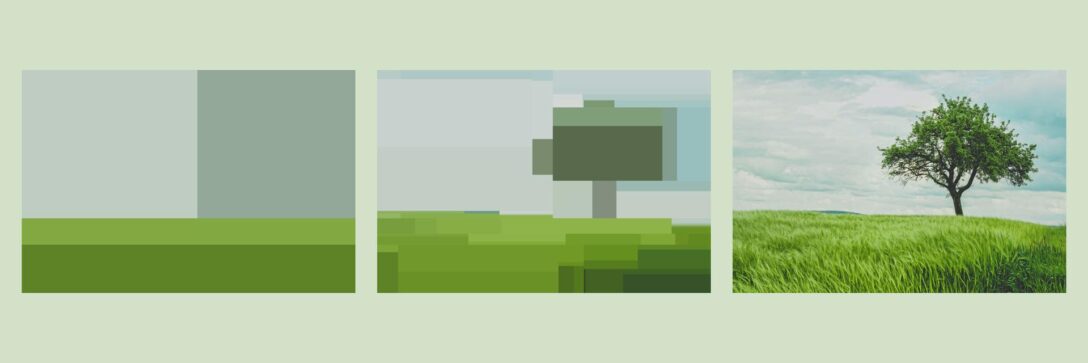The impetus for the most recent contributions to our image repository was described by the artist as promoting understanding of present AI systems. Rens Dimmendaal, Principal Data Scientist at GoDataDriven, discussed with Better Images of AI the need to cut through all the unnecessary complication of ideas within the AI field; a goal which he believes is best achieved through visual media.
Discussions of the ‘black box’ of AI are not exactly new, and the recent calls for explainability statements to accompany new tech from Best Practice AI are certainly attempting to address the problem at some level. Tim Gordon writes of the greater ‘transparency’ required in the field, as well as the implicit acknowledgement that any wider impacts have been considered. Yet, for the broader spectrum of individuals whose lives are already being influenced by AI technologies, an extensive, jargon-filled document on the various inputs and outputs of any single algorithm is unlikely to provide much relief.
This is where Dimmendaal comes in: to provide ‘understanding at a glance’ (and also to ‘make a pretty picture’, in his own words). The artist began with the example of the decision tree. All present tutorials on this topic, in his view, use datasets which only make the concept more difficult to understand–have a look at ‘decision tree titanic’ for a clear illustration of this. Another explanation was provided by r2d3. Yet, for Rens, this still employed an overly complicated ‘usecase’. Hence, this selection of images.
Rens cites his inspiration for this particular project as Roger Johansson’s recreation of the ‘Mona Lisa’, using genetic programming. In the original, Johansson attempts to reproduce the piece with a combination of semi-transparent polygons and an evolutionary algorithm, gradually mutating the initial randomly generated polygons to move closer and closer to the original image. Rens recreated elements of this code as a starting point, then with the addition of the triptych format and implementation of a decision tree style algorithm made the works his own.
Rens Dimmendaal / Better Images of AI / Man / CC-BY 4.0
In keeping with his motivations–making a ‘pretty picture’, but chiefly contributing to the greater transparency of AI methodologies–Dimmendaal elected the triptych to present his outputs. The mutation of the image is shown as a fluid, interactive process, morphing across the triptych from left to right, from abstraction to the original image itself. Getting a glimpse inside the algorithm in this manner allows for the ‘understanding at a glance’ which the artist wished to provide–the image shifts before our eyes, from the initial input to the final output.
Rens Dimmendaal & David Clode / Better Images of AI / Fish / CC-BY 4.0
Rens Dimmendaal & Jesse Donoghoe / Better Images of AI / Car / CC-BY 4.0
Engaging with the decision tree was not only a practical decision, related to the prior lack of adequate tutorial, but also an artistic one. As Dimmendaal explains, ‘applying a decision tree to an actual tree was just too poetic an opportunity to let slide.’ We think it paid off…
Dimmendaal has worked with numerous algorithmic systems previously (including: k-means, nearest neighbours, linear regression, svm) but cites this particular combination of genetic programming, decision trees and the triptych format as producing the nicest outcome. More of his work can be found both in our image repository, and on his personal website.
Whether or not a detailed understanding of algorithms is something you are interested in, you can input your own images to the tool Rens created for this project here and play around with making your own decision tree art. What do images relevant to your industry, product or interests look like seen through this process? Make sure to tag Better Images of AI in your AI artworks, and credit Rens. We’re excited to see what you come up with!
